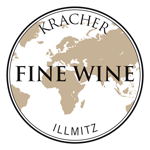
Fine Wine in the newspaper "Die Presse"
In his column "In Gerhard Hofer's Cellar", Gerhard Hofer presents appealing fine wines, always accompanied by an interesting story. He often features wines from finewineshop.com, which you can read about here.

Party in Piedmont
The word "crisis" is now being openly discussed throughout the wine scene. With a few exceptions, such as Piedmont. There, the party is obviously still in full swing. Barolo remains highly sought after and seemingly crisis-proof. Behind the scenes, of course, a lot has already happened, such as at the renowned Vietti winery in Castiglione Falletto. It is one of Piedmont's great traditional wineries, with magnificent MGA sites, or crus in Piedmontese. Founded in 1873, it remained family-owned until 2016. Then it was sold to the US-based Krause Group. Great timing, you might say: they got their ducks in a row before the coronavirus, energy and economic crises hit. The Americans, based in Iowa, bought a luxury resort and even the Parma football club in the area, in addition to wineries. The wines are still magnificent. I drank the "Barolo 2020": young, spicy, great berry aroma, measured tannins and plenty of power.
Gerhard Hofer
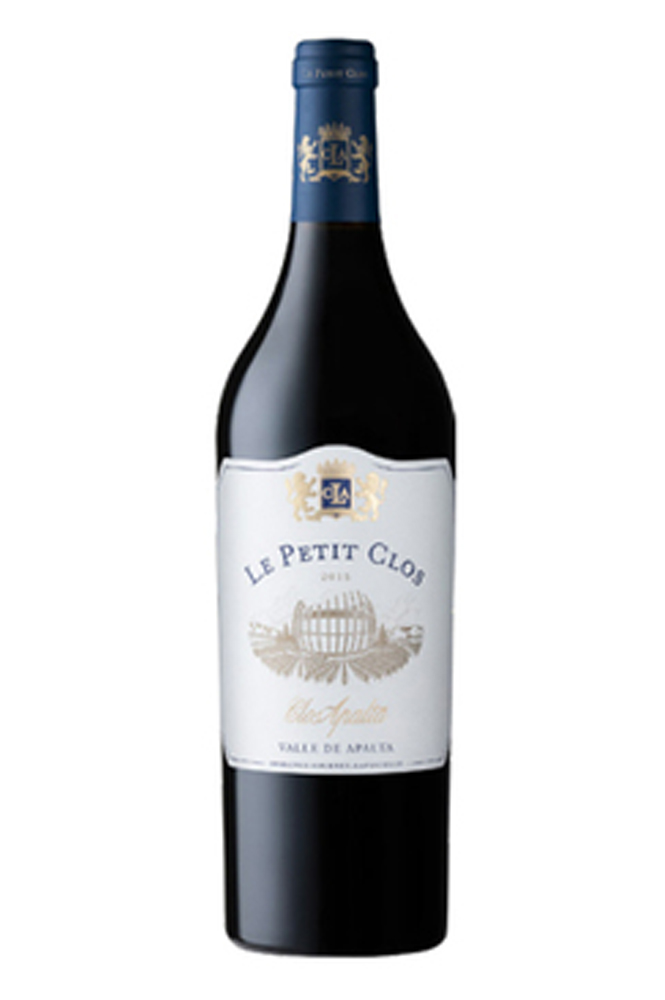
Investment without tradition – or isn't it?
I recently drank "Le Petit Clos" from the Casa Lapostolle winery in Chile. It is the little brother of "Clos Apalta". A wonderful wine from a winery that was virtually built from scratch 30 years ago. There is no tradition or anything like that. It was an investment that was carried out and implemented perfectly. Although tradition does play a role. In the early 1990s, Alexandra Marnier Lapostolle and her husband Cyril de Bournet travelled to Chile. There they 'discovered' the Apalta Valley and bought a few hundred hectares of land. The family is one of the major French cognac producers and also makes Grand Marnier. Today, the winery in Chile, with 200 hectares of vineyards, is one of the best known in the New World. The wine thrives at the foot of the Andes. High temperature differences, hardly any pests. And Michel Rolland, a star winemaker from Bordeaux, is in charge. The result: opulent, complex red wine of the highest quality.
Gerhard Hofer
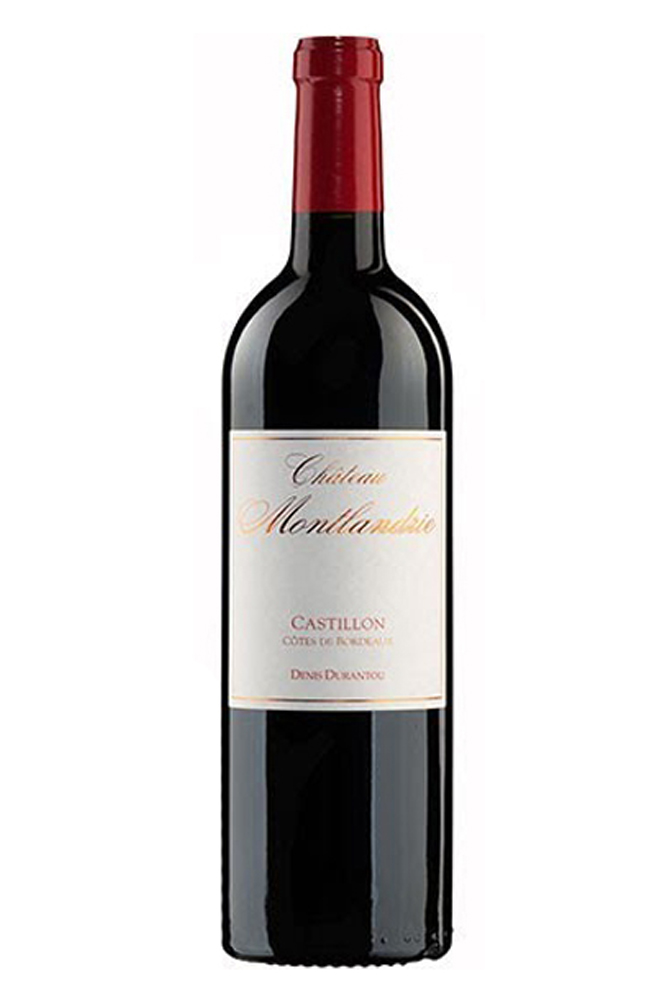
Long in the shadows
It's gradually getting cooler, and then a velvety, powerful Bordeaux will be back in season. One like the "Château Montlandrie 2020". The name Denis Durantou is on the label. The legendary winemaker died far too young in 2020. His legacy remains. In addition to his highly rated family winery L'Eglise Clinet, he also awakened several others from their slumber. One of them is Château Montlandrie. The estate, with just under 15 hectares of vineyards, is located east of Saint-Émilion. The wine region is called "Castillon-Côtes de Bordeaux". For a long time, the wine-growing region led a shadowy existence. But wine pioneers like Durantou recognised that Merlot-dominated, dark-fruited top wines were possible here, which were in no way inferior to those in Saint-Émilion. Château Montlandrie is composed of 75 per cent Merlot, 20 per cent Cabernet Franc and five per cent Cabernet Sauvignon. It is an intense, rich red wine that is already very enjoyable, but can also be aged for another 15 years.
Gerhard Hofer

Damn good sparkling wine
I recently drank a damn good sparkling wine. It was from Germany. I'm talking about "Karthäuserhof Brut". The Karthäuserhof in Eitelsbach near Trier is one of the most renowned wineries in Germany. It is also one of the oldest. It describes itself as the eighth oldest winery in the world. In any case, it is very old. It cultivates just under 25 hectares, almost 20 of which are on the Karthäuserhofberg monopole site. The large vineyard has a slope of up to 55 per cent. Very steep, in any case. The Ruwer, a tributary of the Moselle, flows at the foot of the vineyards. As the name suggests, the winery was founded by monks. However, it has been family-owned since the Napoleonic Wars. The Karthäuserhof is known for its magnificent Rieslings. For some time now, however, this very special sparkling wine has also been produced here. It is made from Riesling and Pinot Blanc and is aged on the lees for three years. Very mineral, superb perlage, fine citrus fruit. Definitely very good.
Gerhard Hofer

Young and ambitious
There are many real estate tycoons who treat themselves to a vineyard at some point. It's almost like a hobby on the side. The reverse is rare, but it does happen. Belgian Justin Onclin started out as a wine importer and bought his first vineyards in Bordeaux in the 1980s. He now owns a handful of them, including Chateau Branas Grand Poujeaux. While he concentrates on viticulture in France with his daughter Carmen, he is developing real estate projects in his hometown of Rasselt. Chateau Branas Grand Poujeaux is located in Mouls-en-Medoc, very close to the famous Chateau Chasse-Spleen, and is considered a relatively young but up-and-coming winery. It is no longer an insider tip, but the price-performance ratio is still excellent. I tasted the 2020 vintage, which many experts consider one of the estate's best. The cuvée of Merlot, Cabernet Sauvignon and a little Petit Verdot is a powerful, smooth and very precise red wine.
Gerhard Hofer
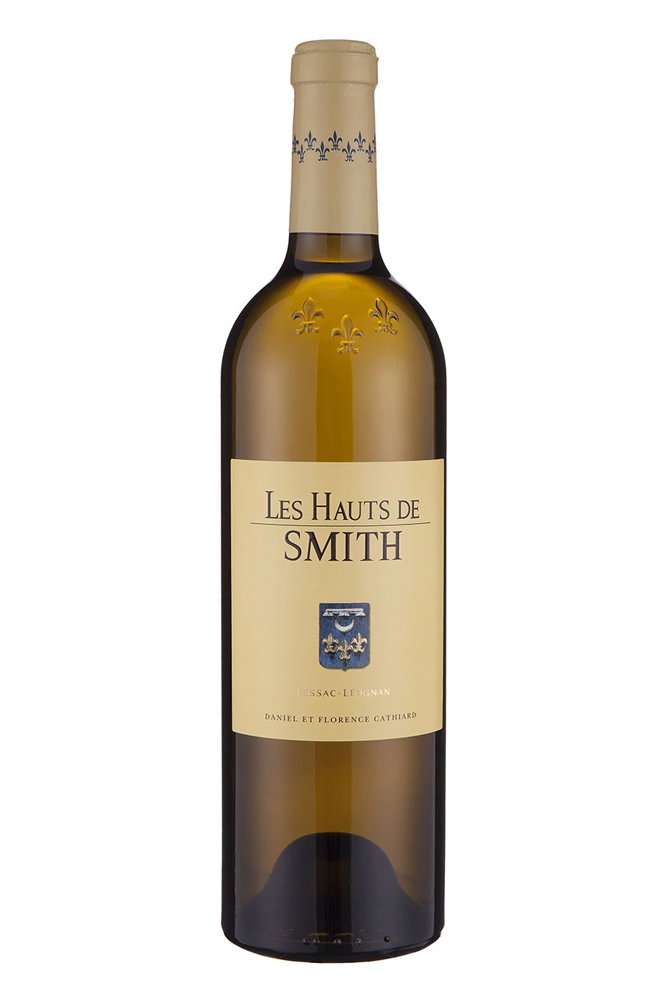
Good wine with a good story
Chateau Smith Haut Lafitte in the Pessac-Leognan region south of Bordeaux not only produces excellent wines, it also has a wonderful history. Vines were first planted on the "Lafitte" vineyard in the 14th century. In the 18th century, a Scotsman named Smith bought the estate and built a beautiful chateau. Since 1990, it has belonged to the Cathiard couple. Daniel and Lorence met in the 1960s on the French ski team. There was nothing to win, as a certain Jean-Claude Killy had something against it. But the two married and turned Daniel's father's small grocery chain into a really big business with 8,000 employees. They sold the company and have been in the wine business ever since. The white wines in particular are among the best in the region and are therefore rare and expensive. But the second wine, "Les Hauts de Smith 2021", is also impressive. 100 per cent Sauvignon Blanc. It too tells a wonderful story.
Gerhard Hofer
Light with lots of flavour
There is not much to say about the Dr. Loosen winery. It is one of the great Riesling wineries on the Moselle, located just outside Bernkastel, and is one of the larger top wineries in Germany. The family winery has been run by Ernst Loosen for almost three decades. And it is not only his Rieslings that are present in top restaurants around the world. Loosen himself is also looking for new challenges. For example, he has a stake in a winery in Oregon that produces excellent Pinot Noir. But back to Riesling. I drank the "Riesling Satyricus 2022". It cannot be compared to the great wines of the house. It is a fine, fresh cuvée. The wine impresses with its rich aroma and low alcohol content and is very dry by Moselle standards. A very classic Riesling, in other words. It goes wonderfully with fish and asparagus. Oh yes: "Satyricus" is derived from the hybrid creature of man and goat from Greek mythology.
Gerhard Hofer
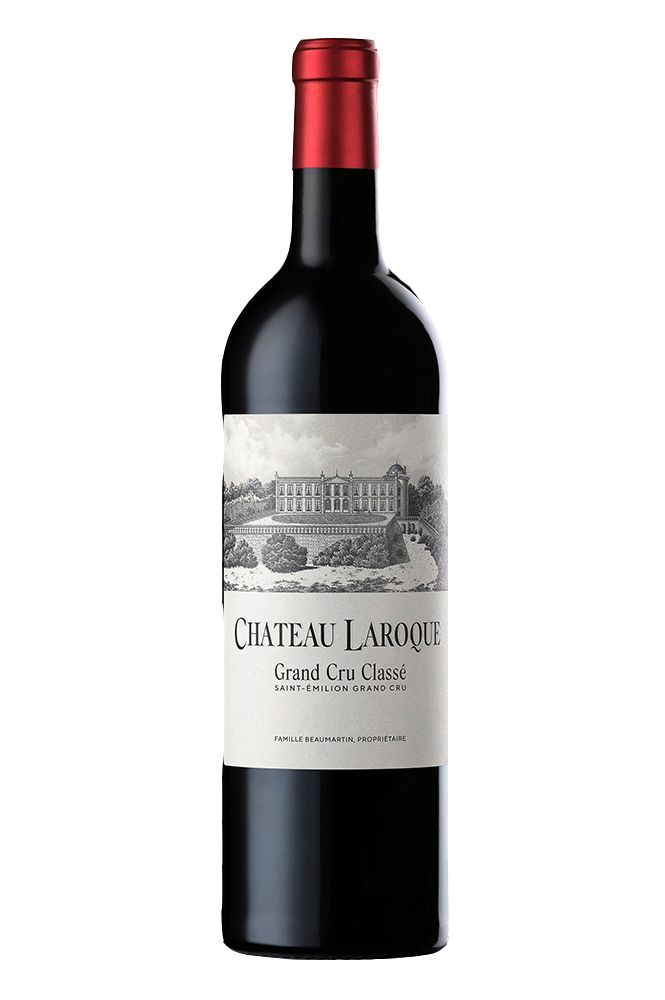
Too good for Trump
When I drank a glass of Château Laroque the other day, it occurred to me that the winery near Saint-Émilion in Bordeaux exports quite a lot of wine to the United States. Or used to export. Plus 20 per cent duty and so on. But the wine is too good for Trump anyway. I'm not worried that we won't drink it ourselves. The château itself is one of the most beautiful in the region, and the magnificent 18th-century building alone is worth a visit. With almost 60 hectares of vineyards, mainly located on the right bank of Bordeaux, Château Laroque is one of the larger wineries in the area. The Merlot-heavy "Grand Cru Classé" is highly regarded in France, but in my opinion, it is underrated internationally. The 2021 still needs time, of course, and must be decanted. Those who like the smoothness and opulence of Merlot will get their money's worth. A hint of Cabernet Franc and Cabernet Sauvignon add finesse. A lovely holiday wine.
Gerhard Hofer
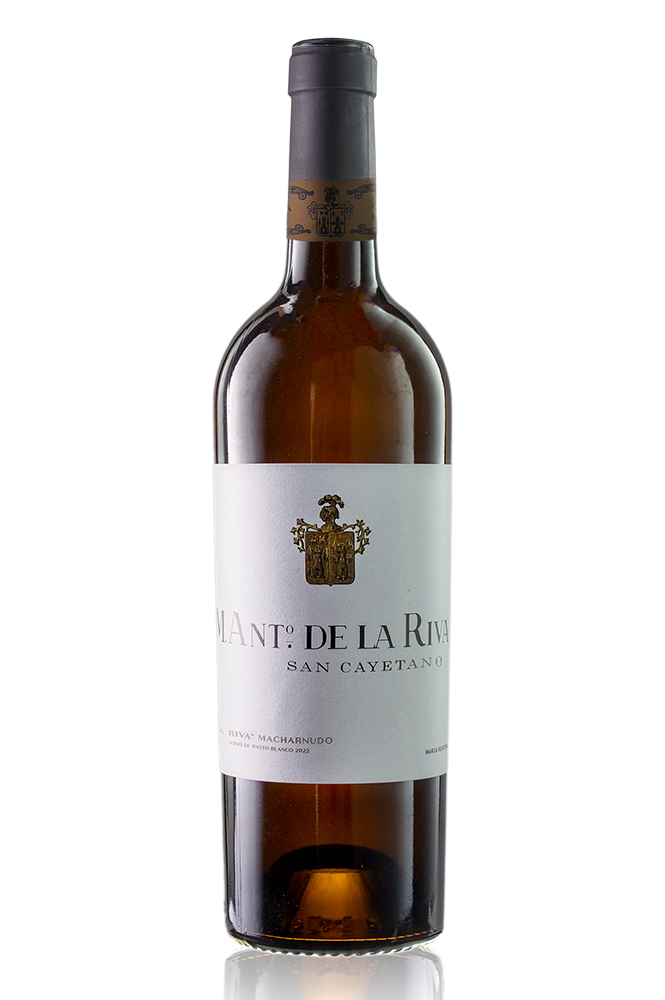
cBone-dry white wine from the home of sherry
Just under ten years ago, winemakers and friends Ramiro Ibañez and Willy Perez joined forces to launch an exciting wine project in Andalusia. They founded Bodegas De La Riva, where they produce white wine that is unusual for southern Spain. In the home of sherry, the two men press a bone-dry white wine. I drank the 2022 "Macharnudo San Cayetano" and expected a heavy, oily wine. The opposite is true. The wine is made from the local Palomino grape variety. Near the town of Chiclana de la Frontera in western Andalusia, there is always a cool breeze from the Atlantic. In addition, it is traditionally fermented with flor yeast. While other yeasts sink to the bottom during fermentation, this one rises and forms a layer that protects the wine. "Top-fermented" is how one would describe it in relation to beer. Regardless, the wine takes on an intense yellow colour, has less acidity and is very mature when drunk young.
Gerhard Hofer
